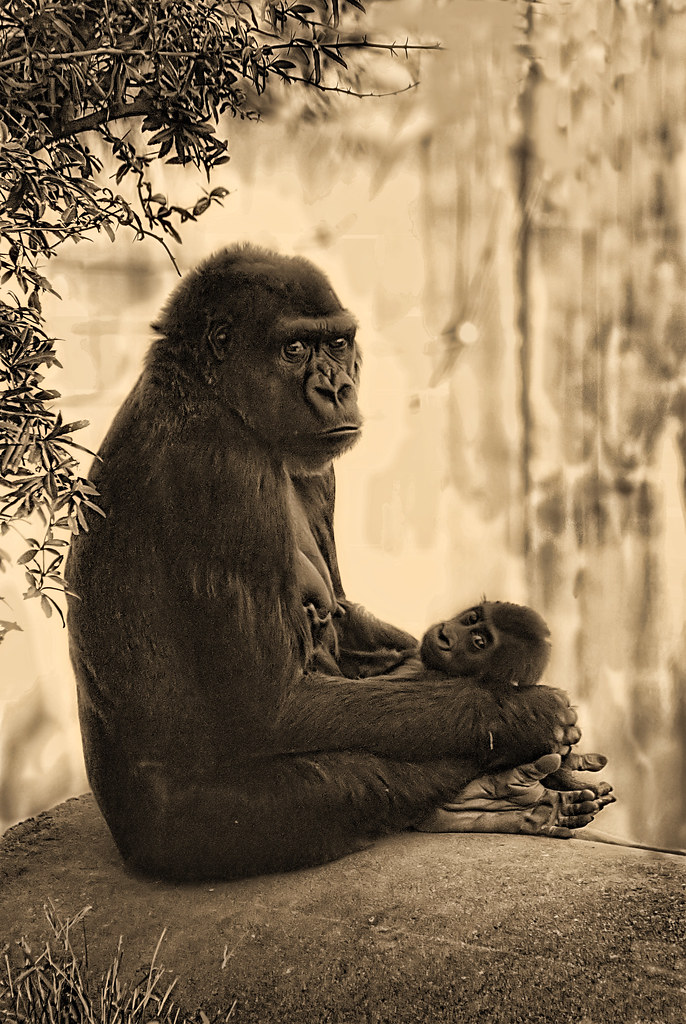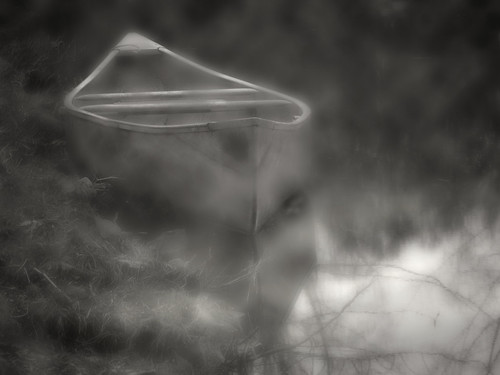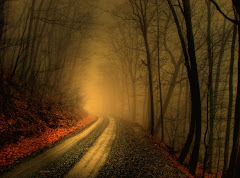 Stumble It!
Stumble It!

If you are like me, photo editing is always a quest for finding the best tools. We just want each of our images to be more impressive than the one before. We strive for excellence.
And that quest can empty your pockets pretty quick. Soon you learn, though, what works best for you and find that many of those expensive filters you have bought have remained unused.
Now, I have some recommendations. These are the programs and filters that I use time and time again. And some of the recommendations might surprise you.
The article continues below:
The essential list:
Photomatix: This is the standard HDR (High Dynamic Range) program that everyone uses. It's one of the best and if used properly can really enhance the colors and details of your image.
Photo Impact Pro: It's a program that is very similar to Adobe Photoshop. The advantage of this program is the cost factor. It is much cheaper than Adobe Photoshop CS3 but has many of the same functions. In some ways I prefer this program over CS3 for editing some of my images. The photo above,
and this photo, were edited strictly in Photo Impact Pro and Photomatix. I like Photo Impact Pro because sometimes the edited pictures have qualities that I cannot achieve in Photoshop.
Adobe Photoshop CS3 Extended: This is the premier photo editing tool, at least until CS4 arrives. You can take a lifetime learning all the things that can be done with this fabulous program. The major cons of this program are the expense and the steep learning curve.
Filters I use most frequently:
Imagenomic: I use their pro noise reduction program. They do have a free community program that I used for awhile. The only problem I see with the community program is that it greatly reduces the size of the file you are working on.
Nik Software Color Efex Pro™ 3.0: This is a great program for making those photos pop. I love this program and all the filters that are included.
Viveza: It's also a program by Nik Software. Its ability to selectively adjust light, color, and contrast by control points is essential for the pro photographer. I use this program often.
Tiffin Dfx software: This product is sold by the same company that makes excellent
filters for lenses. I highly recommend this this comprehensive suite of useful filters, and I use their filters often.
Nikon Capture: This is a great program for editing raw pictures non-destructively. I shoot in raw, and this is the program I use to tweak my photos before editing in Adobe Photoshop or Photo Impact Pro.
Lucis Art: This product adds a very creative unique touch to your photos. It does not work with all photos, but you can get spectacular results. I would add that if you are on a budget this should be the last program that you buy.
These are the programs that I use. You do not need them all at once. I would suggest starting with Photo Impact Pro and the community version of Imagenomic, which is free. Then as you learn and develop skills, start ramping up to the next level. You will know when it is time.
 Stumble It!
Stumble It!.jpg)















